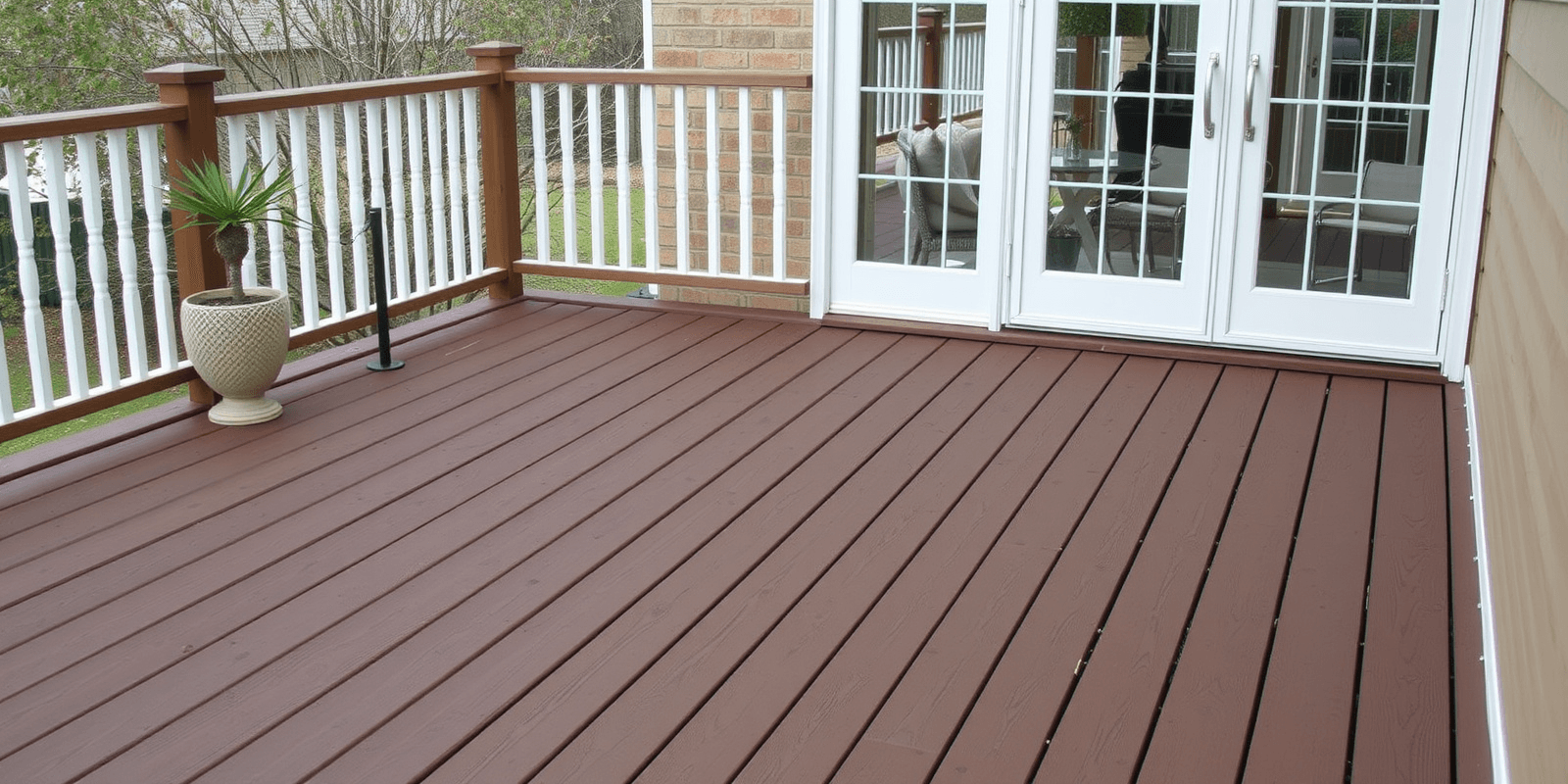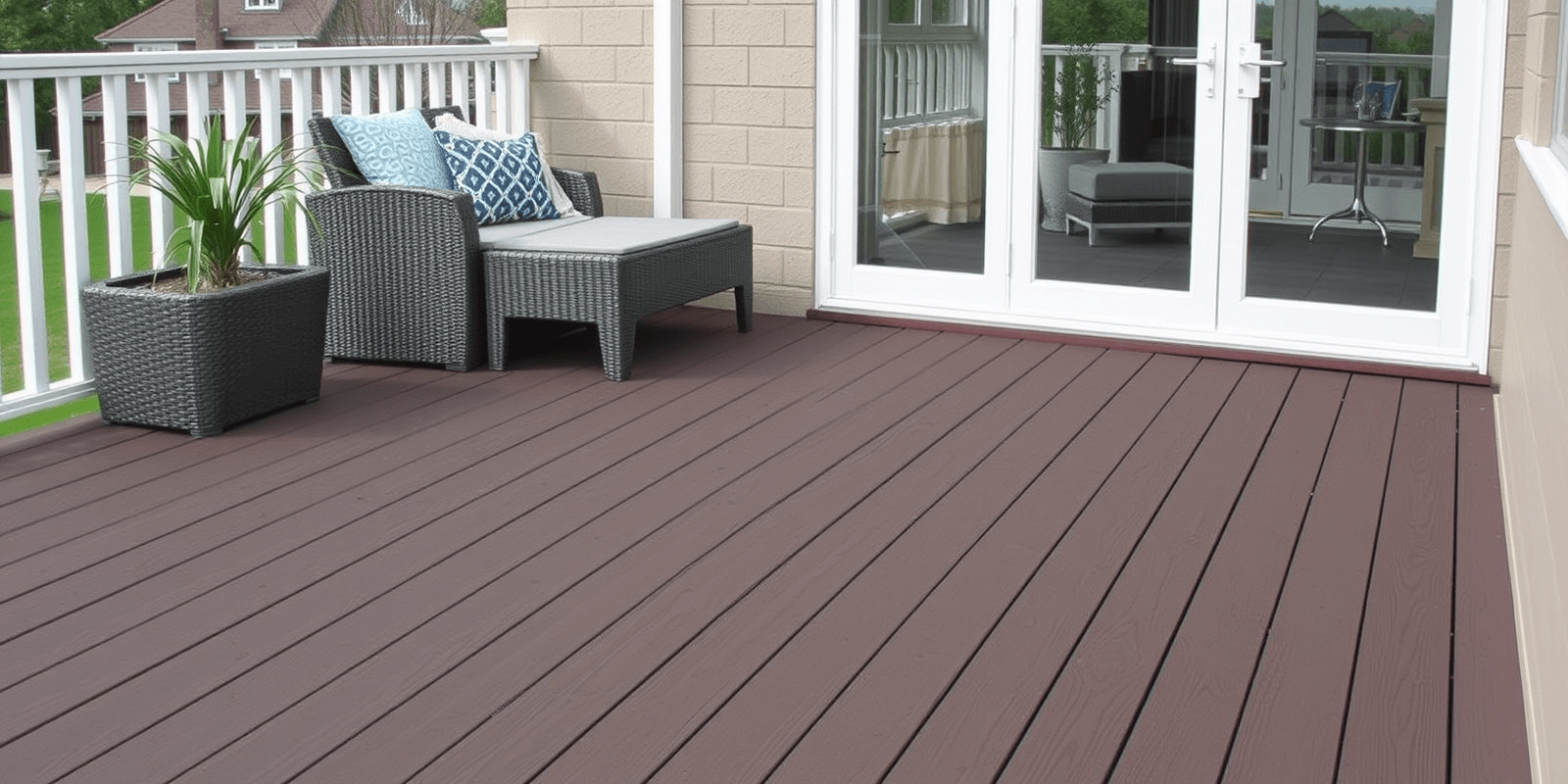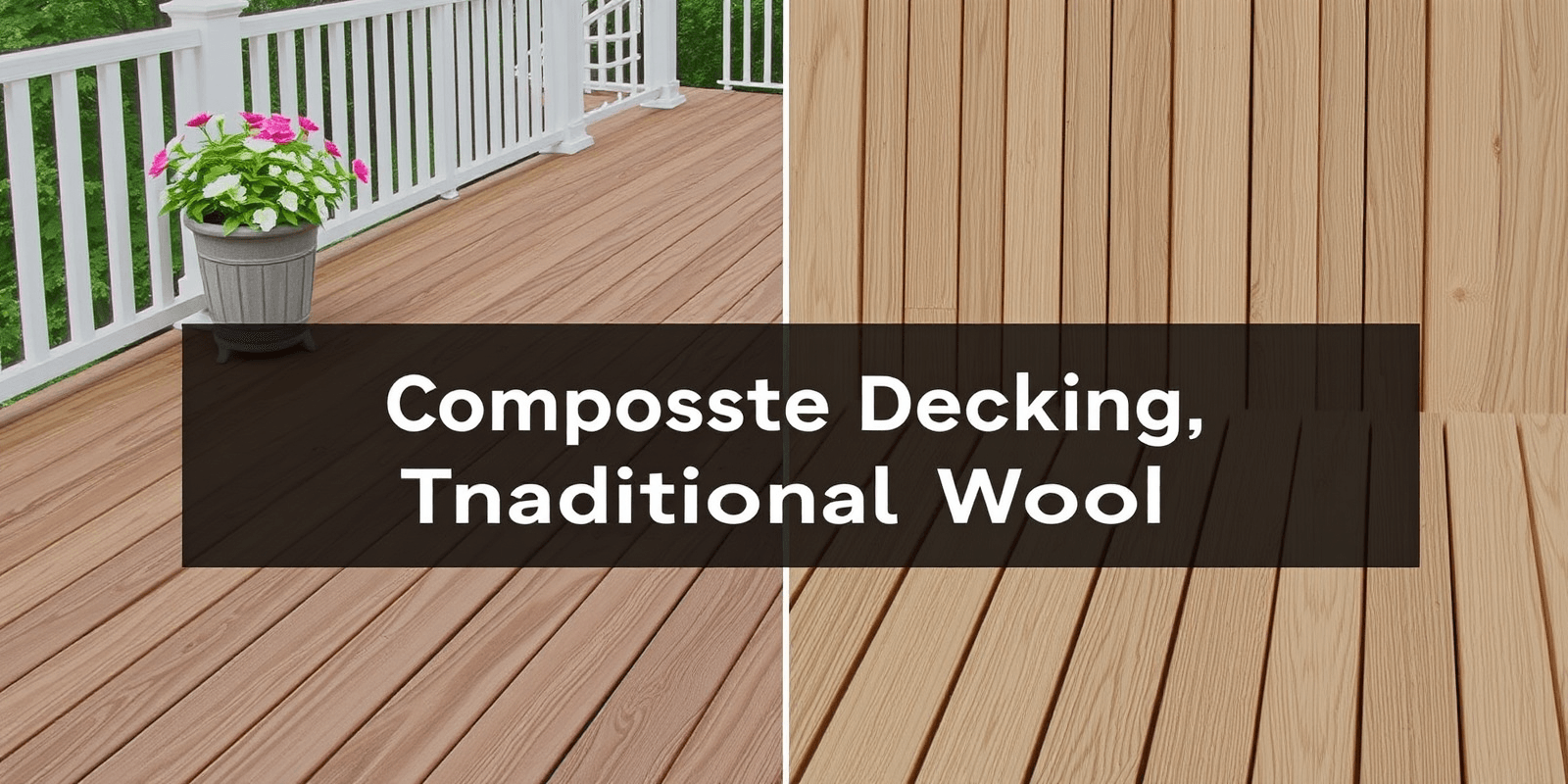“`html
Wood Decking Composite: An In-depth Analysis
Introduction
Decking is a significant component of any outdoor living space, enhancing both functionality and aesthetics. Wood decking composite materials have gained popularity due to their durability, low maintenance, and eco-friendly attributes. This article provides an in-depth analysis of various types of wood composite materials used in deck building, focusing on their durability, maintenance requirements, cost-effectiveness, and aesthetic appeal.
Durability and Maintenance Requirements
Composite decking materials are engineered to withstand harsh weather conditions and resist rot, decay, and insect damage. The durability of wood composite decks can vary depending on the specific materials used. For instance, brands like Trex and TimberTech offer high-quality composites that are designed for long-lasting performance. However, it’s important to note that while composite materials are generally more durable than traditional wood, they may still be susceptible to fading over time. Regular cleaning with mild soap and water is sufficient for maintaining their appearance, making them a low-maintenance option compared to natural wood decks.
Cost-effectiveness
The initial cost of wood composite decking is typically higher than traditional wood options. However, the long-term savings in maintenance and replacement costs make composites a cost-effective choice. According to a study by the National Association of Home Builders (NAHB), composite decking can last up to 25 years with minimal maintenance, whereas natural wood decks may require frequent repairs and replacements. Additionally, composite materials often come with warranties that cover defects and performance issues, adding to their overall value.
Aesthetic Appeal
One of the key advantages of wood composite materials is their wide range of aesthetic options. Manufacturers offer various colors, textures, and finishes that mimic the look of natural wood, providing homeowners with a variety of choices to match their desired style. Brands like Fiberon and AZEK offer realistic wood grain patterns and multiple color options, allowing for customization to fit any home’s exterior design. This versatility makes composite decking a popular choice for those seeking a low-maintenance yet visually appealing outdoor living space.
How to Choose the Right Product
When selecting a wood composite material for your deck, consider the following factors:
- Durability: Look for products with strong warranties and proven track records of longevity.
- Maintenance: Opt for materials that require minimal upkeep and cleaning.
- Cost-effectiveness: Evaluate the upfront costs against long-term savings and warranty coverage.
- Aesthetic Appeal: Choose colors and textures that complement your home’s architectural style and landscaping.
By considering these factors, you can select a wood composite material that meets your needs and enhances your outdoor living experience.
Conclusion
Wood composite materials offer a compelling alternative to traditional wood decking, providing enhanced durability, lower maintenance requirements, and greater cost-effectiveness. With a wide range of aesthetic options available, homeowners can create beautiful and functional outdoor spaces that stand the test of time. By carefully evaluating the key factors discussed in this article, you can make an informed decision when choosing the right wood composite material for your next deck project.
“`



